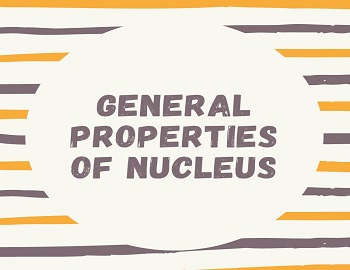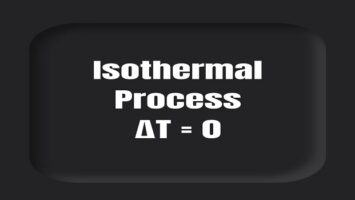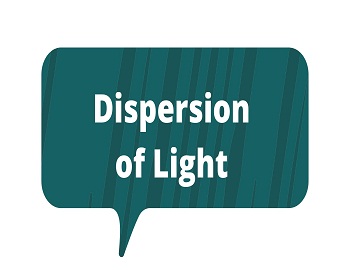Optical Properties of Solids:
The optical properties of solids and their energy band structures are closely connected. We can explain the following optical properties of solids on the basis of energy bands.
(1) All metals are opaque to light of all wavelengths- In a metal, the valence energy band is only partly filled. Therefore, the valence electrons can acquire additional energy, however small, to move to the unoccupied energy levels of the same band. Photons of visible light have energies between about 1 and 3 eV. Therefore, when the light of any wavelength falls on a metal, the electron absorbs the light photons (energy) and is excited to the higher unoccupied energy levels. Hence, metals are opaque to visible light.
(2) Insulators are transparent to visible light- The energy gap in the insulator is large. The electrons in an insulator need more than 3 eV of energy to jump across the forbidden band to the next allowed band. Insulators, therefore, cannot absorb photons of visible light. Hence, insulators are transparent.
(3) Semiconductors are transparent to infrared light but opaque to visible light- The energy gap in semiconductors is about the same in width as the energies of photons of visible light. The photons of visible light can excite the valance electrons to the upper empty conduction band. Hence visible light is absorbed in the semiconductor. Infrared light has lower frequencies and hence lower photon energies. So photons of infrared light cannot excite the valence electrons to the upper empty conduction band. Hence infrared light is not absorbed in the semiconductor.









Comments (No)